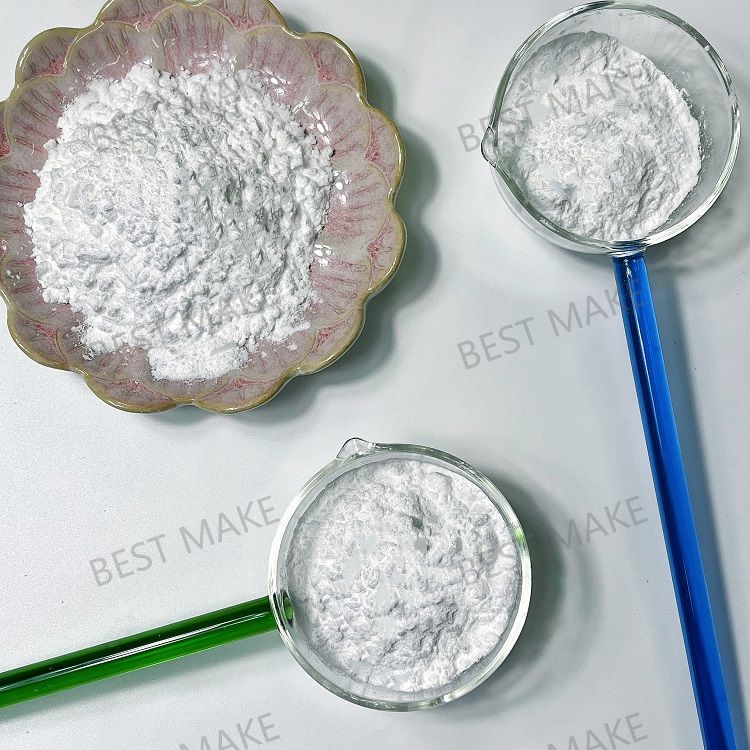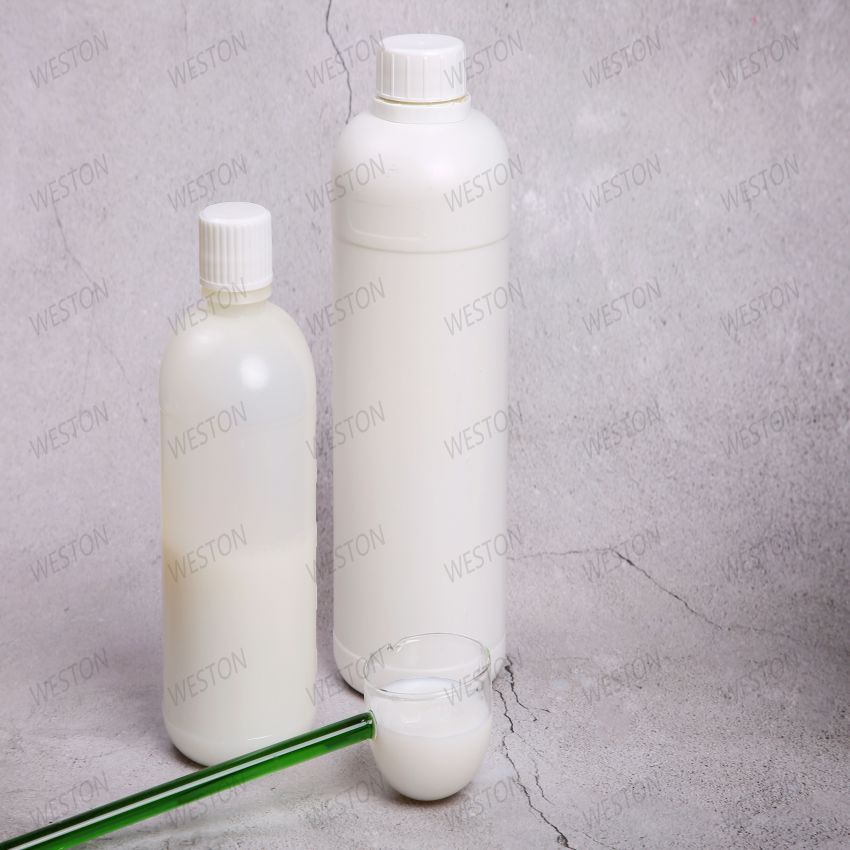-
Categories
-
Pharmaceutical Intermediates
-
Active Pharmaceutical Ingredients
-
Food Additives
- Industrial Coatings
- Agrochemicals
- Dyes and Pigments
- Surfactant
- Flavors and Fragrances
- Chemical Reagents
- Catalyst and Auxiliary
- Natural Products
- Inorganic Chemistry
-
Organic Chemistry
-
Biochemical Engineering
- Analytical Chemistry
- Cosmetic Ingredient
-
Pharmaceutical Intermediates
Promotion
ECHEMI Mall
Wholesale
Weekly Price
Exhibition
News
-
Trade Service
An enterprise sorts the recycled autumn clothes, long trousers and other waste clothes.
1.
This enterprise hydrolyzes waste acrylic fiber to produce hydrolyzed polyacrylonitrile ammonium salt.
2.
The hydrolyzed filter residue is not included in the "National Hazardous Waste List", so it needs to be analyzed according to the "Technical Specification for Identification of Hazardous Wastes" (HJ/T298-2007)
3.
According to the hydrolysis process in the production process of the filter residue, the raw and auxiliary materials involved, polyacrylonitrile fiber, and the groups involved in the intermediate product (cyano group, amide group, and carboxylic acid ammonium salt), the identification is compared with the identification in the "Identification Standard for Hazardous Wastes Leaching Toxicity" According to the standard table 1, it is determined that the material that may be involved in the filter residue is cyanide (in terms of CN), and a sampling and testing plan is formulated based on this, and experts are organized to conduct a technical demonstration of the plan
4.
The company entrusted a testing center to carry out sampling and testing work in accordance with the "Technical Specifications for Sampling and Sample Preparation of Industrial Solid Wastes" (HJ/T20-1998) and "Hazardous Waste Identification Standards" (GB5085.
Table 10-1 Test results of filter residue leaching toxicity
It can be seen from Table 10-1 that the leachate of the filter residue does not contain cyanide, nor does it contain other substances listed in Table 1 in the "Identification Standard for Identification of Hazardous Wastes", so the filter residue has no leaching toxicity
5.
According to the above analysis, the filter residue is not listed in the "National Hazardous Waste List".
6.
Related Links: Determination of Soil Organic Matter Potassium Dichromate Volumetric Method (2)







